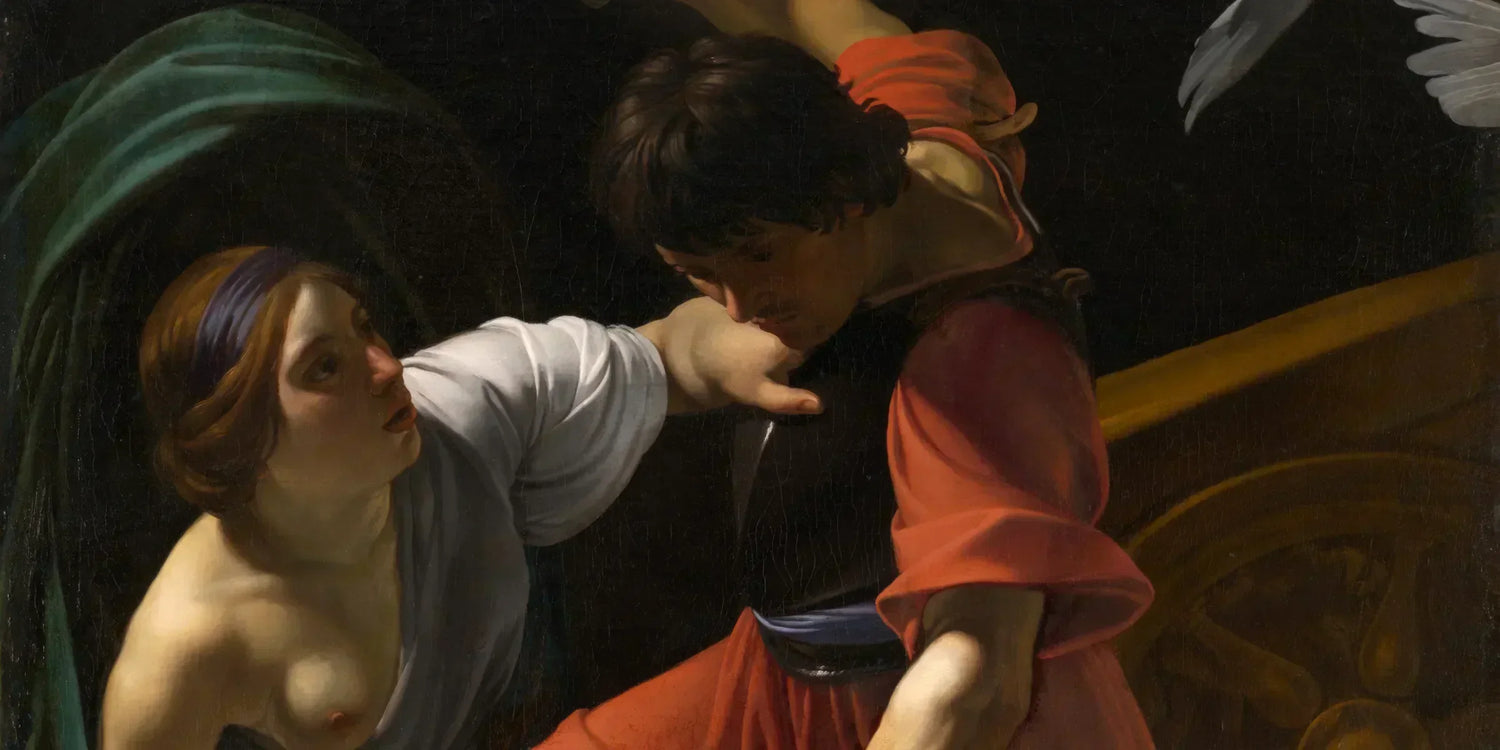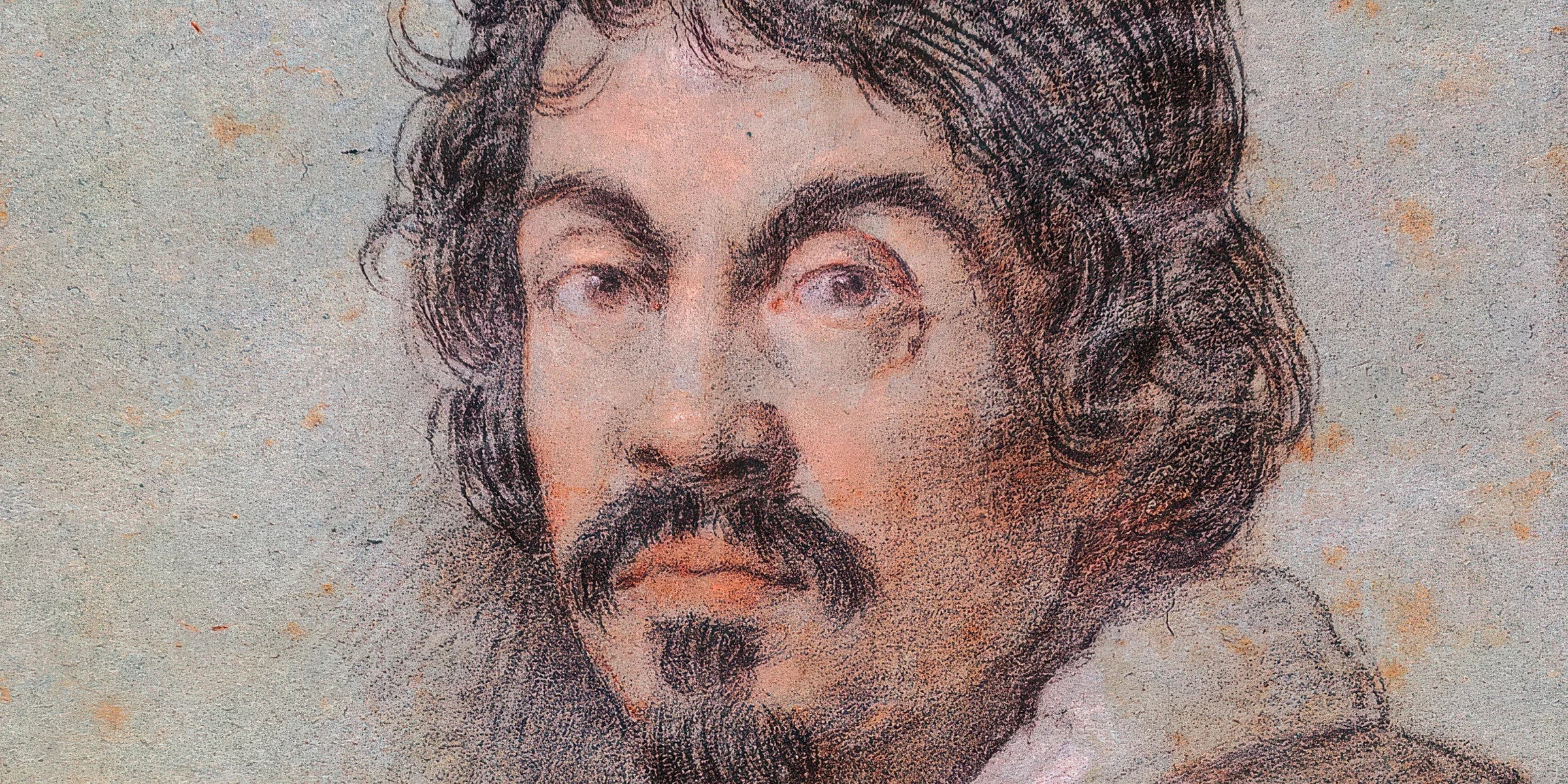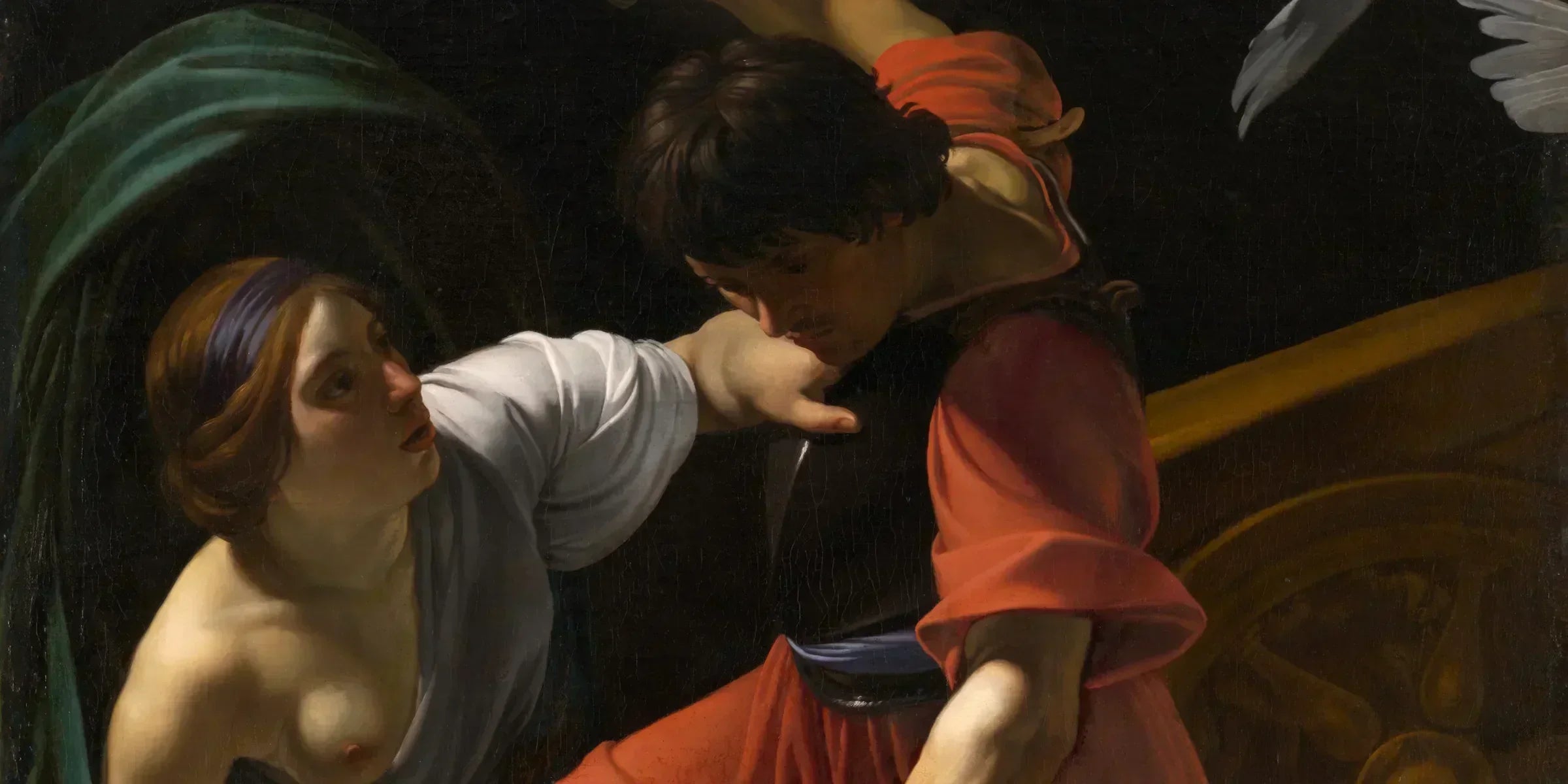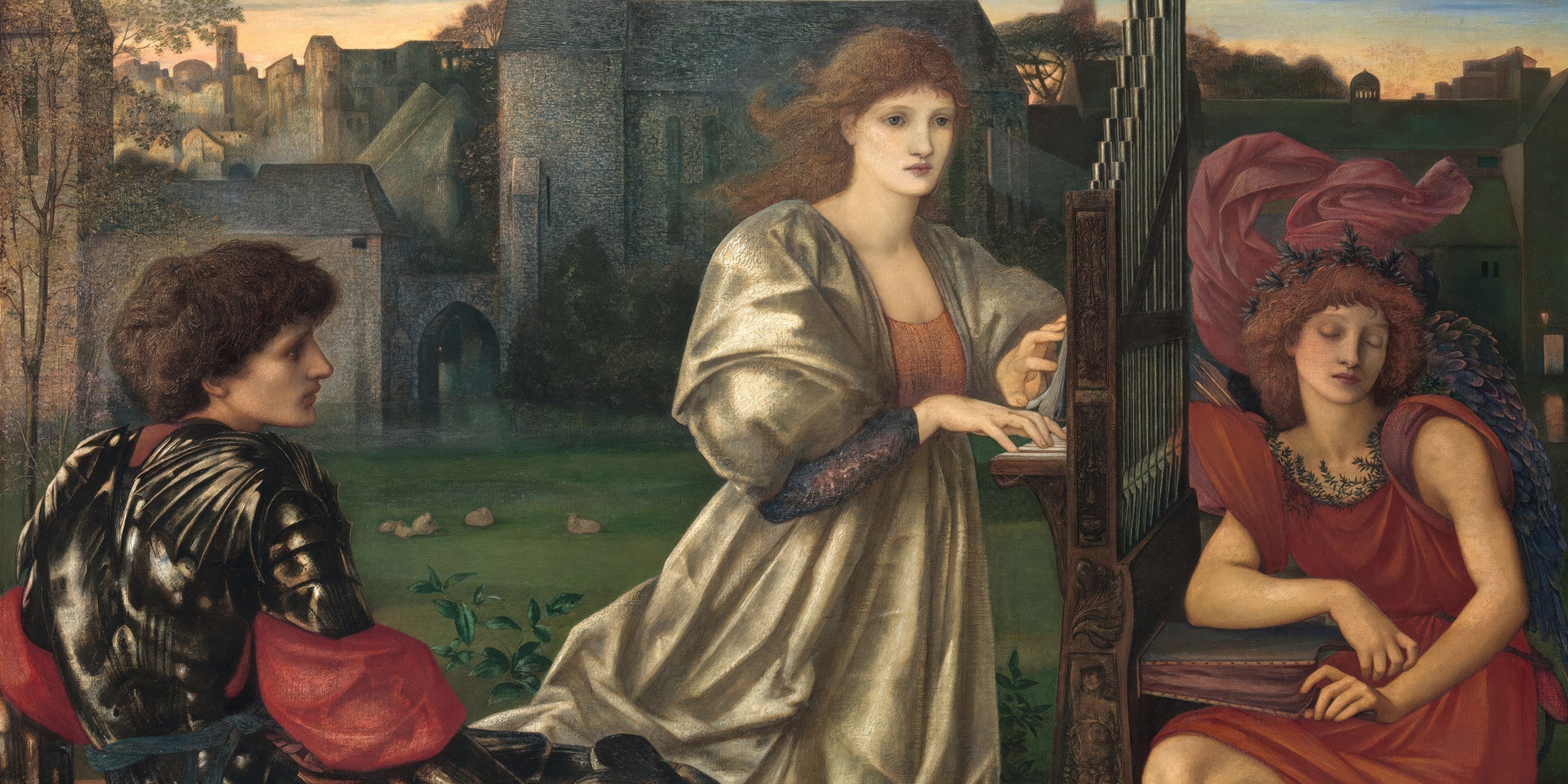Ah, chiaroscuro—the technique that makes paintings look like they’re lit by a single, overly dramatic candle in a medieval dungeon. If you've ever looked at a Caravaggio and thought, wow, that guy really knew how to use a spotlight, congratulations. You've just experienced the magic of chiaroscuro. But what is it exactly, and why does it make everything look so wonderfully intense?
A Brief History of Light and Shadow
Chiaroscuro, from the Italian chiaro meaning light and scuro meaning dark, is an artistic technique that plays with strong contrasts between light and shadow. The idea is simple: by making dark areas really dark and light areas really light, artists create a sense of depth and drama.
 Lady with an Ermine by Leonardo da Vinci
Lady with an Ermine by Leonardo da Vinci
Although the technique existed before the Renaissance, it was artists like Leonardo da Vinci and Raphael who began using it to create a more realistic sense of volume in their paintings. But if we’re talking about the chiaroscuro master, we have to mention Caravaggio—the guy who basically turned the technique into an extreme sport. His paintings look like they belong in a mafia movie: deep shadows, piercing highlights, and an ever-present sense that someone is about to get stabbed.
Technique and Style: A Cinematic Approach Before Cinema
Chiaroscuro isn’t just about making things look moody—it’s about shaping reality with light. The technique is usually achieved by a single, strong light source, deep and rich shadows, a focus on realism, and a strong sense of drama. Unlike medieval art, which often felt flat, chiaroscuro gave subjects a sculptural, three-dimensional look. Every scene looks like something intense is about to happen. Probably murder.
Later on, artists like Rembrandt and Goya used chiaroscuro to add psychological depth to their portraits, and filmmakers from Orson Welles to Ridley Scott have borrowed the technique to create striking visuals in cinema. In short, if an artist wants to make something look serious, dramatic, or just plain ominous, chiaroscuro is the way to go.
Fun Facts: Because Dramatic Lighting is Never Boring
- Caravaggio was basically a 17th-century film noir director. His paintings often look like freeze-frames from a gangster movie—half of his characters are in the middle of a crime, and the other half are about to be.
- Rembrandt took chiaroscuro to a whole new level in his portraits. His use of Rembrandt lighting, a small triangle of light on one cheek, is still a gold standard in photography today.
- Film and photography owe a lot to chiaroscuro. Think of any classic black-and-white film, especially the moody ones like Citizen Kane or The Third Man. That intense lighting is pure chiaroscuro influence.
 Rembrandt's self portrait captures his mastery of light and shadow
Rembrandt's self portrait captures his mastery of light and shadow
Light Up Your Home (Metaphorically, of Course)
If you’re the kind of person who enjoys a bit of mystery and drama, chiaroscuro-inspired artwork is perfect for you. Why settle for bland lighting when you could have something that looks like it belongs in a Renaissance crime scene? Check out our collection and bring some bold, shadowy beauty into your home.





